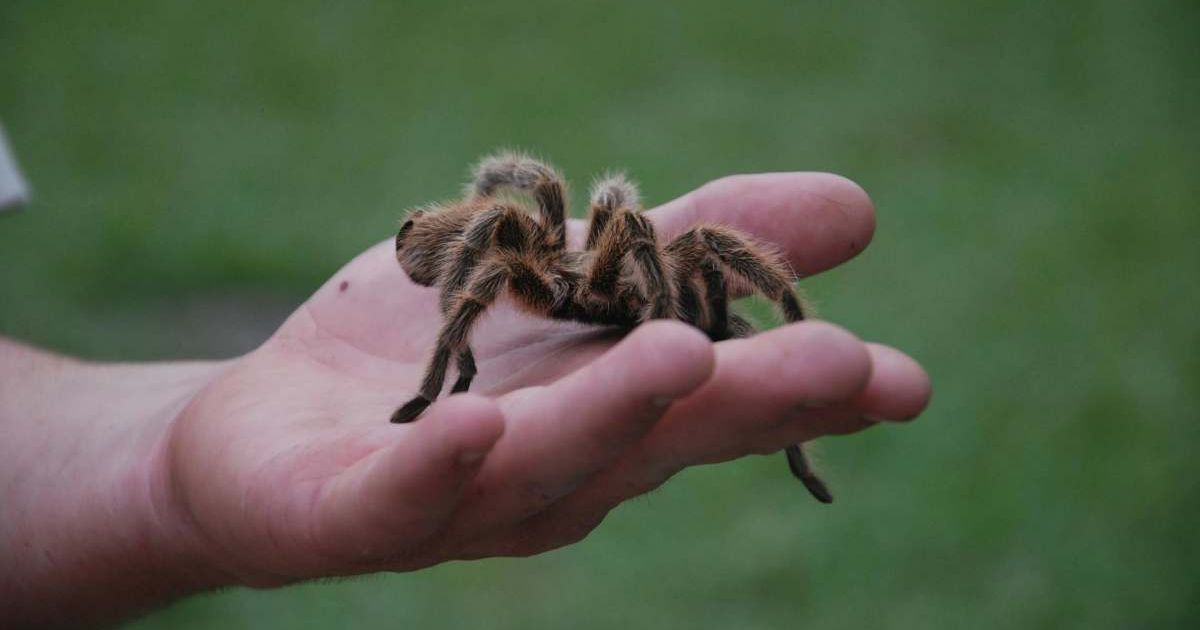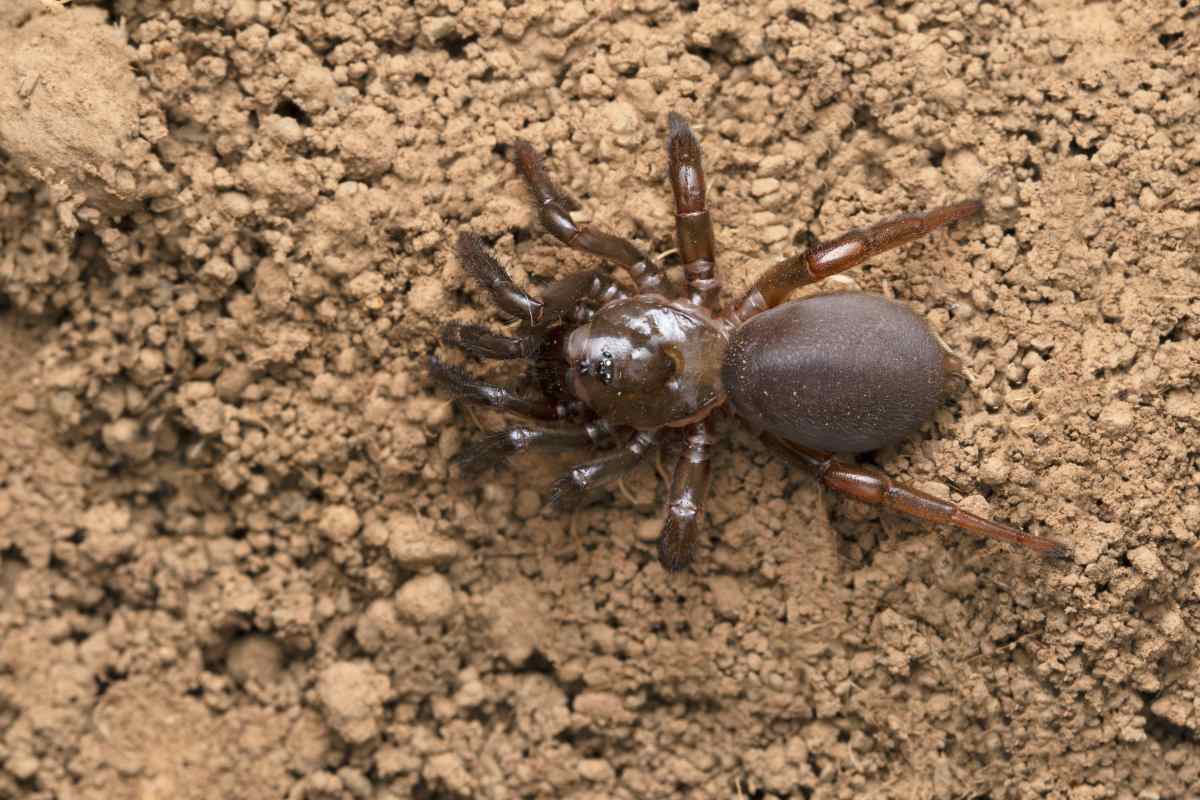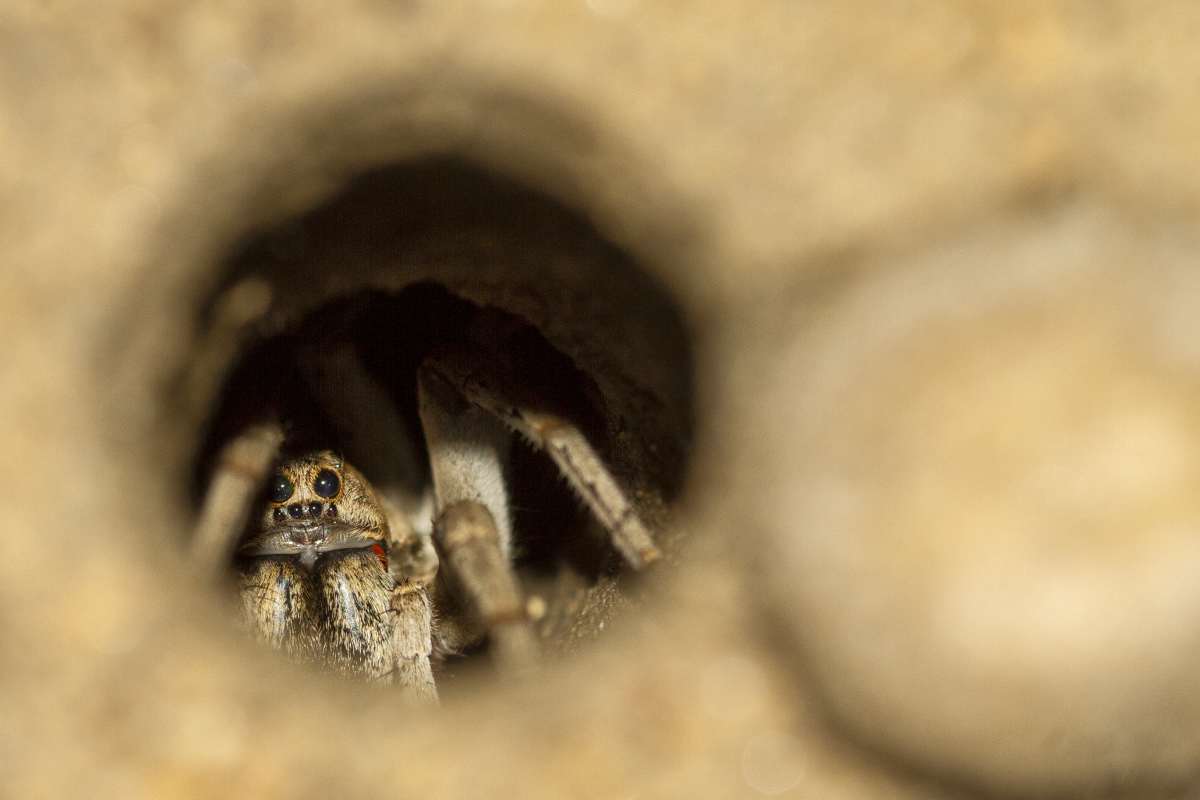Scientists Discover ‘Spooky’ New Spider Species in California’s Sand Dunes, Ahead of Halloween

In a rare instance, science gets in sync with the Holiday season. Scientists at the University of California, Davis, discovered a new species of spider a few days before Halloween. The trapdoor spider was identified beneath the coastal dunes of California. The spider species, identified as Aptostichus ramirezae, is related to Aptostichus simus, a species that's often found off the coast of Mexico from Monterey to Baja California. However, there was a twist to the discovery when researchers conducted a detailed analysis.

According to a recent study published in Ecology and Evolution, scientists found that the spider that appeared to be one species was actually two. Jason Bond, senior author of the study and a professor in the UC Davis Department of Entomology and Nematology, said, “While there are over 50,000 species of spiders worldwide, there are probably hundreds of thousands left to be discovered, even along the coast, where new spider species may be hiding just underfoot of California beachgoers."

Trapdoor spiders are quite a sophisticated species. The long-lost relatives of the tarantulas live lavishly, with females spending their entire life in an underground silk-lined burrow, sealed with a camouflaged door. They stay lurking beneath the surface and only come up once in a while to catch another prey, which they sense through vibrations on the surface. “There are now four known species of trapdoor spiders in California that live exclusively in coastal dune habitats,” said study co-author and doctoral student Emma Jochim.

The researchers believe that the range is quite large compared to the usual range of trapdoor spiders, "given that they don’t easily leave their burrows to disperse," Jochim said. The researcher and her team collected the DNA genomes of these wild spiders from different regions across the geographic range. Bond had suspected that the species is physically identical but genetically different from another spider species. The study showed that the wide range wasn't occupied by a single species. In fact, it comprised multiple cryptic species that can't be differentiated without genetic analysis.
These cryptic species are known to reproduce in isolation, which rules out the possibility of inbreeding. “Based on what we know about their natural history and lifestyles, they’re not going to be able to disperse to different coastal dunes to reproduce and ‘mix’ with each other,” Jochim added. The species that scientists recently discovered has a chunky, quarter-sized physique and appears brown in color. Bond decided to name the new spider species Aptostichus ramirezae. The arachnologist is quite a pro in naming new species, having named some epic ones inspired by celebrity names like Aptostichus stephencolberti and Aptostichus barackobamai.

The new species is also inspired by a person's name: Martina Giselle Ramirez, dean of the College of Science at California State University. Although it's an ecstatic discovery of spider species, scientists fear that they are prone to extinction. Both Aptostichus simus and Aptostichus ramirezae live in coastal dunes, but that habitat is unfortunately diminishing. “They’re definitely at risk, especially the lineage Aptostichus simus,” said Jochim. Although they have a wide range, geographically they are restricted to San Diego, where the projected sea level rise is less. "These spiders are not really able to adapt that quickly to new habitats," the scientist added.
More on Green Matters
A Tarantula Invasion Is Expected in Several States as Mating Season Sends the Spiders Into High Gear
Strong, Not Spooky: Spiritual Interpretations of Seeing a Spider
Does the Chernobyl Mutant Spider Exist — or Is It Just an Urban Legend?